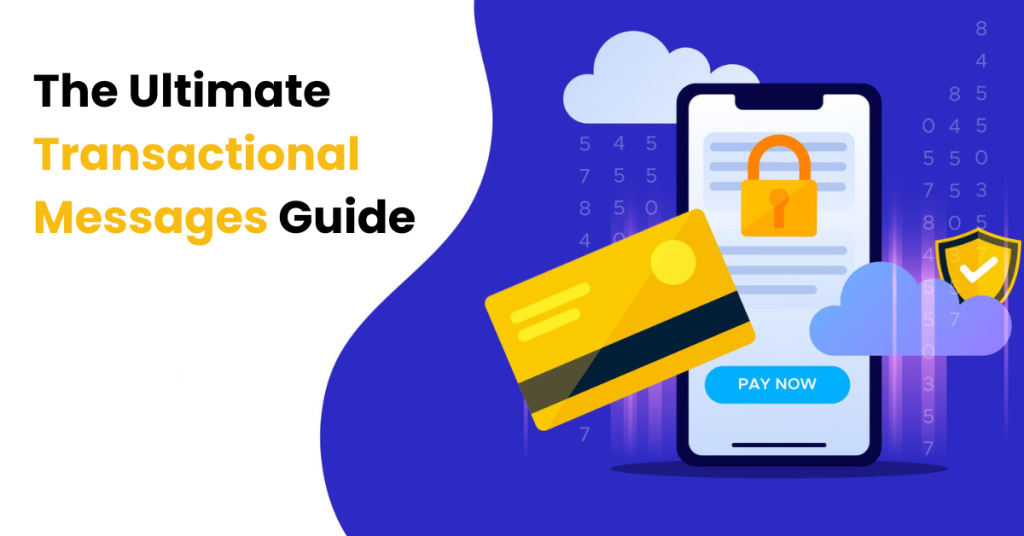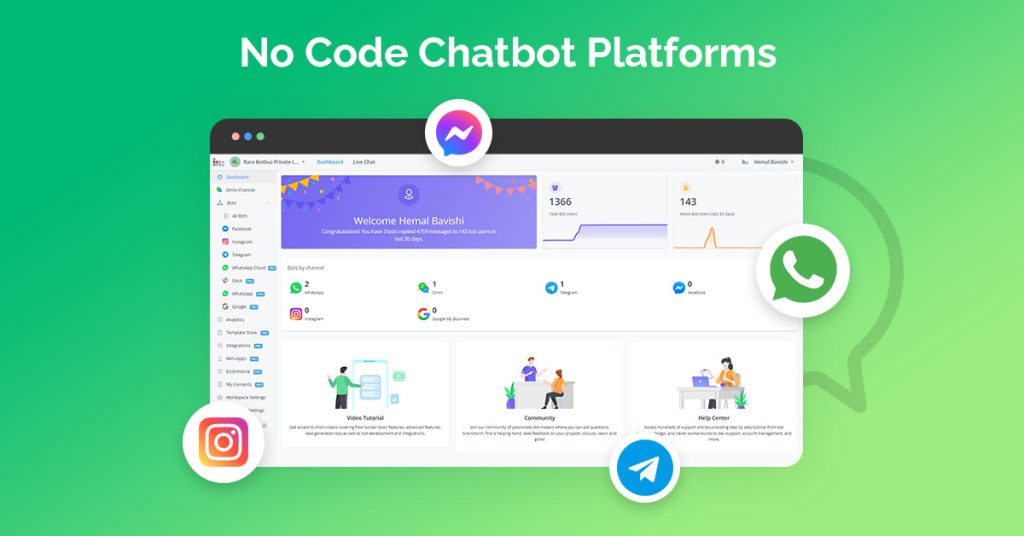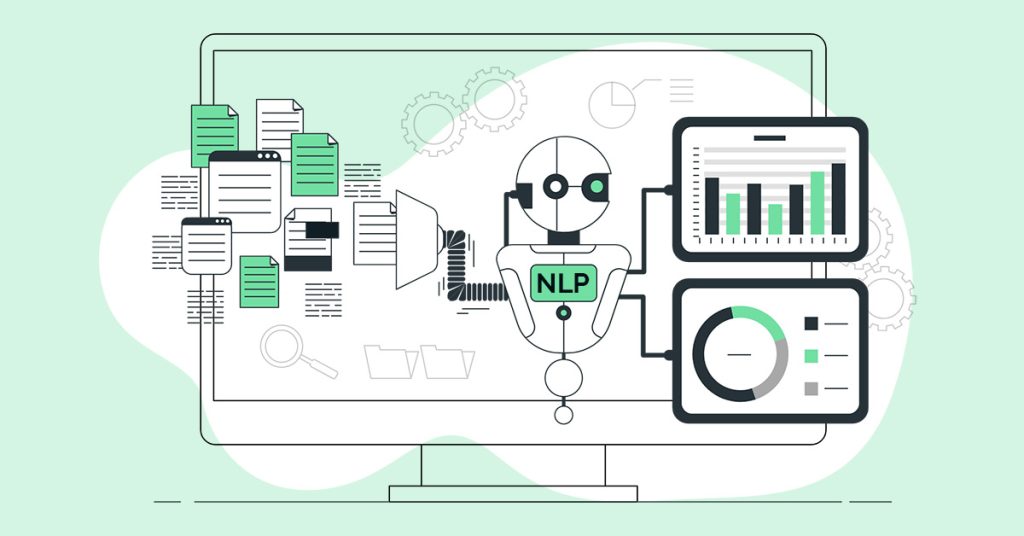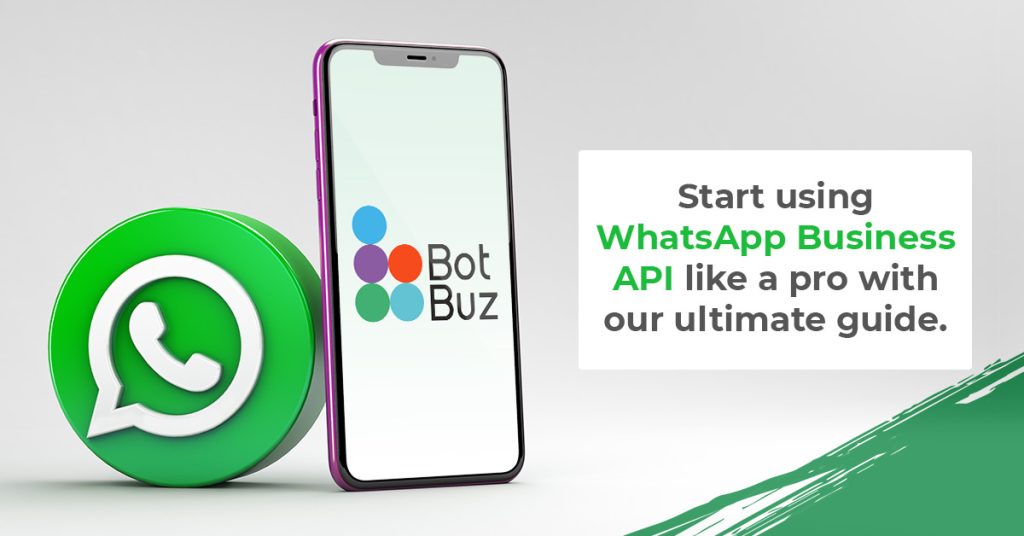- A Guide to Transactional Messaging :
- What are Transactional Messages ?
- Types of Transactional Messages :
- Transactional vs. Promotional Messages : Knowing the Difference
- Characteristics of Transactional Messages :
- Benefits of Transactional Messages :
- Implementing Transactional Messages :
- Sending Transactional Messaging Through Botbuz Chatbot :
A Guide to Transactional Messaging :
In today’s digital world, clear and timely communication is the key. It helps in building strong customer relationships. This is where transactional messaging comes in.
They’re automated messages sent directly to customers following their actions or account activity. These messages deliver critical information, confirmations & updates that keep customers informed and engaged.
Why should businesses care ?
Understanding transactional messaging is vital for businesses because it fosters trust and transparency. By providing relevant information at the right time, you can :
Reduce customer frustration : Clear updates on orders, appointments, or account changes keep customers in the loop. Thus, avoids confusion.
Boost customer satisfaction : Timely communication demonstrates that you value their business and keeps them informed.
Increase engagement : Transactional messages can be a springboard for further interaction. It can prompt product reviews or offer personalized recommendations.
What are Transactional Messages ?
Imagine you’re shopping online and hit that “confirm order” button. A weight of uncertainty might settle in – did the order go through? When will it arrive? Transactional messages are the cavalry here. It rides in to clear up any confusion & keep you informed.
In technical terms, transactional messages are automated communications. It gets triggered by a customer’s action or account activity. They deliver essential information directly to the customer. Thus, acting as a digital handshake throughout their journey with your business.
Examples of Transactional Messages :
Order confirmations : These messages provide immediate reassurance that your purchase went through and detail what you ordered. It also provides estimated delivery timelines and tracking information.
Account notifications : These messages keep you updated on your account activity. It provides information about successful logins, password changes, or low balance alerts.
Password resets : If you ever forget your login information, a transactional message containing a secure reset link ensures you can regain access quickly.
Shipping updates : These messages track your order’s progress. It informs you when it ships, arrives at a delivery hub, and is finally out for delivery.
Appointment confirmations : These messages provide reminders and details about upcoming appointments. It includes the date, time, location & even the name of the person you’ll be meeting.
Why Transactional Messages Matter ?
In customer communication, transactional messages play a crucial role. It helps in building trust and fostering positive experiences. Here’s how :
Clarity and Transparency : They provide clear and timely updates. Thus, keeping customers informed about their orders, accounts & interactions with your business. This reduces confusion and frustration.
Enhanced Customer Satisfaction : Receiving relevant information at the right time demonstrates that you value their business & keeps them in the loop. This transparency builds trust & satisfaction.
Improved Customer Experience : Transactional messages can go beyond just basic updates. They can be personalized with relevant offers or product recommendations. Thus, leading to a more engaging customer experience.
Types of Transactional Messages :
Transactional messages come in various forms, each serving a specific purpose in the customer journey. Let’s explore some of the most common types :
1. Order confirmations :
Purpose : These messages act as a receipt and confirmation for online purchases. They provide peace of mind and key details like order number, purchased items, total amount, and estimated delivery date.
Example : “Hi [Customer Name], thanks for your order from [Company Name]! Your order number is [order number]. We’ve received your payment for [items purchased] & your order is now being processed. You can expect delivery within [estimated timeframe].”
2. Account notifications :
Purpose : These messages keep customers informed about their account activity. This could include updates on low account balance, successful bill payments, security changes, or subscription renewals.
Example : “[Company Name] Alert: Your account balance is now below [amount]. To avoid service interruptions, please consider topping up your account soon.”
3. Password resets :
Purpose : When a customer forgets their password, these messages provide a secure way to reset it. They typically include a one-time code or link that allows the customer to create a new password.
Example : “We received a request to reset your password for your [Company Name] account. Here’s your one-time code: [code]. This code is valid for 15 minutes. Please enter it on the password reset page.”
4. Shipping updates :
Purpose : These messages keep customers informed about the status of their orders. They often include tracking information, estimated delivery windows, and any potential delays.
Example : “Your order from [Company Name] is on its way! Track your package here: [tracking link]. Estimated delivery is [date].”
5. Appointment reminders :
Purpose : These messages help businesses reduce no-shows by reminding customers about upcoming appointments. They may include details like appointment time, location, and the contact person.
Example : “Friendly reminder! You have an upcoming appointment with [Doctor Name] at [Company Name] on [date] at [time]. We look forward to seeing you!”
6. Welcome messages :
Purpose : These messages create a positive first impression after a customer signs up for a service or creates an account. They often include a brief company introduction, next steps & helpful resources.
Example : “Welcome to the [Company Name] family, [Customer Name]! We’re thrilled to have you on board. As a new member, you can explore our resources here: [link to resources]. If you have any questions, don’t hesitate to contact us.”
Transactional vs. Promotional Messages : Knowing the Difference
Navigating communication with customers requires understanding the distinction between transactional & promotional messages. Both are valuable tools & they serve distinct purposes and adhere to different regulations.
Promotional messages are all about marketing & sales. Their primary goal is to generate interest in products, services, or special offers. They might include discount codes, announce new product launches, or promote upcoming events.
Transactional messages, focus on providing essential information & updates directly related to a customer’s actions or account activity. They are triggered by specific events, such as a purchase, account change, or appointment booking.
|
Feature
|
Promotional Message
|
Transactional Message
|
|---|---|---|
|
Purpose
|
Generate Interest, Promote Sales.
|
Deliver critical information, confirmations and updates.
|
|
Content
|
Discounts, new products, upcoming events.
|
Order confirmations, account notifications, password resets, shipping updates, appointment reminders, welcome messages.
|
|
Trigger
|
Marketing campaigns.
|
Customer actions or account activity.
|
|
Regulations
|
May require opt-in for marketing messages.
|
Typically no opt-in required (depending on content).
|
Characteristics of Transactional Messages :
Transactional messages serve a critical function in fostering trust and transparency with customers. To achieve this, they must embody several key characteristics :
Reliability : Customers depend on receiving these messages consistently and without errors. This requires a robust messaging platform that ensures messages are delivered successfully.
Timeliness : The information conveyed in transactional messages is often time-sensitive. For instance, an order confirmation email needs to be delivered promptly after purchase. Also a shipping update should arrive before the package is delivered.
Relevance : The message content should be directly relevant to the specific customer action or account activity that triggered it. Customers don’t want to receive generic messages that don’t pertain to their situation.
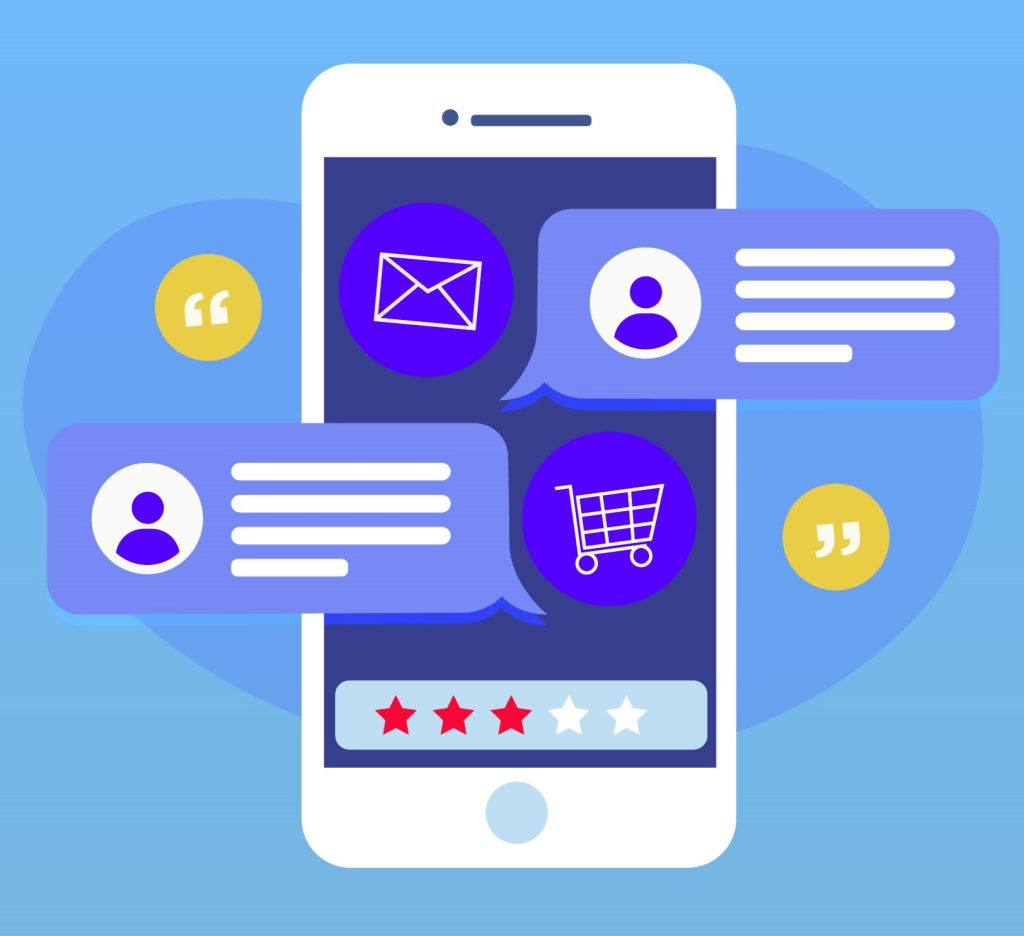
Benefits of Transactional Messages :
Businesses are constantly seeking ways to enhance customer experience and drive engagement. Transactional messages offer a powerful solution, delivering a wealth of benefits :
Enhanced Customer Experience : Clear and timely communication fosters trust and transparency. Transactional messages keep customers informed about their orders, appointments, and account activity. Thus, reducing confusion and frustration.
Boosted Customer Engagement : These messages act as touch points throughout the customer journey. They can be leveraged to prompt product reviews, offer personalized recommendations. It also provides helpful resources, leading to increased customer engagement.
Improved Conversion Rates : Transactional messages can be strategically used to nudge customers towards desired actions. For instance, a shipping confirmation email might include a call to action to “Shop similar items” or “Leave a review.” This can lead to higher conversion rates and increased sales.
Higher Open Rates : Compared to promotional emails, transactional messages boost significantly higher open rates. Customers expect and appreciate these messages. Thus, making them more likely to be opened and read.
Cost-Effective Communication : Transactional messages are often more cost-effective than traditional communication methods like phone calls or printed mail. They can be automated and sent at scale, reducing operational costs.
Increased Operational Efficiency : By automating communication tasks, transactional messages free up staff time & resources for other business-critical activities.
Beyond these core benefits, transactional messages can also play a role in :
Reduced Cart Abandonment : Timely order confirmations and abandoned cart reminders can help recover lost sales.
Improved Customer Retention : By keeping customers informed and engaged, businesses can foster loyalty and reduce churn.
Enhanced Brand Reputation : Positive customer experiences fueled by clear communication contribute to a stronger brand reputation.
Implementing Transactional Messages :
|
Steps
|
Description
|
|---|---|
|
Choose the Right Platform
|
Selecting the right transactional messaging platform is crucial. Consider factors like : Features, Scalability, Security, Integrations.
|
|
Define Your Message Strategy
|
Identify Trigger Events like order confirmations, password resets, appointment reminders. Craft Compelling Content & focusing on Personalization.
|
|
Implementation and Testing
|
Integrate with Your Systems & test thoroughly.
|
|
Monitor and Optimize
|
Track Performance, Refine and Optimize.
|
Sending Transactional Messaging Through Botbuz Chatbot :
Botbuz Chatbot is a user-friendly platform. It allows businesses to create and manage chatbots for their WhatsApp Business account. These chatbots can automate various tasks, including sending transactional messages to customers on WhatsApp.
Benefits of Using Botbuz Chatbot for Transactional Messaging :
Improved Efficiency : Automating transactional messages frees up staff time and resources for other tasks.
Enhanced Customer Experience : Real-time communication and timely updates keep customers informed and engaged.
Increased Customer Satisfaction : Clear and personalized messages build trust and demonstrate that you value their business.
Reduced Operational Costs : Automating communication is often more cost-effective than traditional methods.
Leverage of a Popular Channel : WhatsApp is a widely used platform, ensuring high message reach and engagement.
Transactional messages play a crucial role in building strong customer relationships. By utilizing Botbuz Chatbot, businesses can streamline communication. They can deliver personalized experiences, and unlock the full potential of WhatsApp for transactional messaging.
